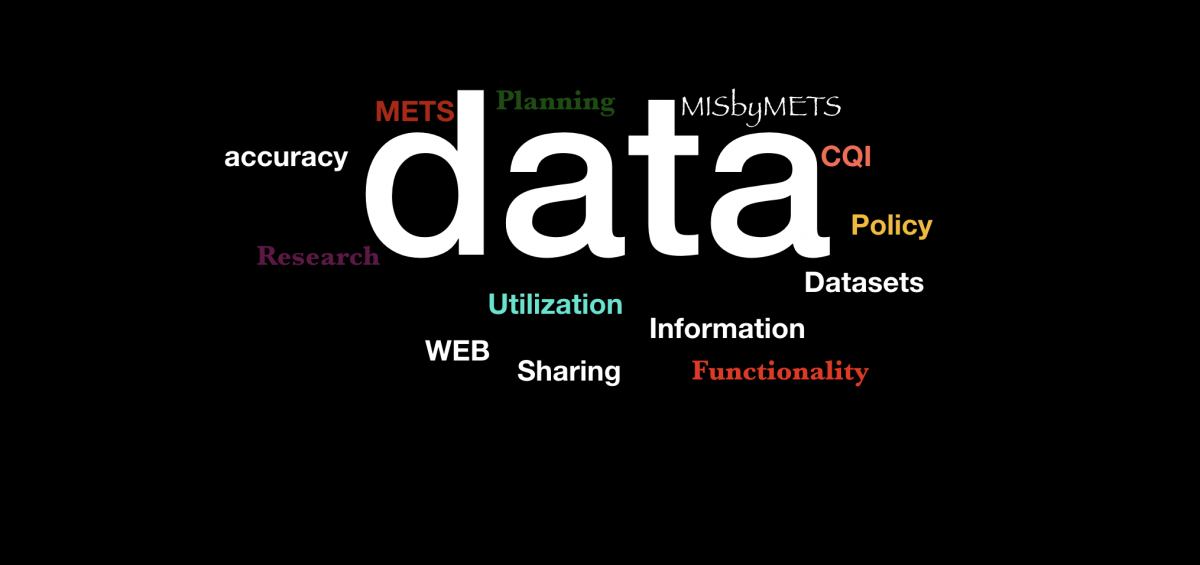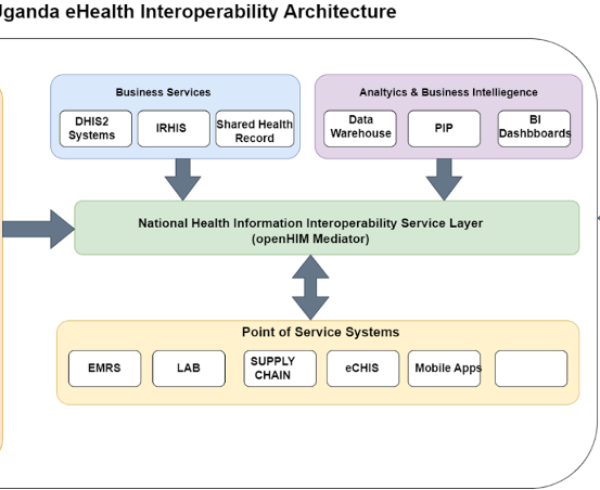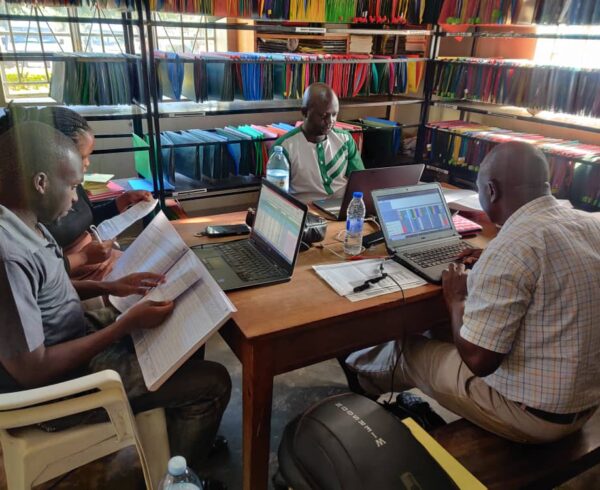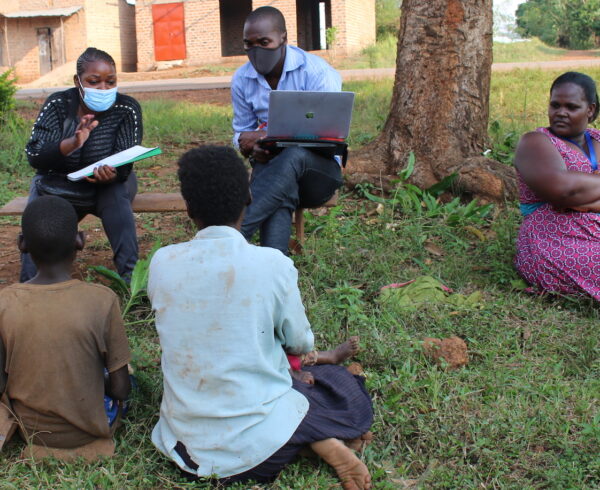Status and Strategies for the Utilization of the Health Management Information System (HMIS) in Uganda – A Study Conducted by METS
Introduction
Health Management Information System (HMIS) involves the collection, processing, storage, retrieval and dissemination of health information for decision-making. There is a strong debate about the antecedents of utilisation of HMIS information generated at different levels of planning and health service delivery among many countries Uganda inclusive. This study examines the nature of HMIS usage, antecedents of utilisation of HMIS information and suggests strategies for strengthening the utilisation of HMIS information in Uganda and other related countries.
Background to METS support for Strengthening the Functionality of the Ugandan HMIS
METS was mandated to support M&E and quality assurance including working with GOU National Level Institutions (Ministry of Health, Uganda AIDS Commission etc…), both PEPFAR and Non-PEPFAR Implementing Partners and Agencies to ensure functionality of the Uganda Health Management Information System (HMIS); Through the HMIS Unit of the METS Project and working with several stakeholders a number of interventions have been conducted to ensure that the HMIS generates complete, timely and accurate. With all the support towards strengthening the functionality of the HMIS the utilisation level of the information generated through the HMIS is still low. It on this basis that METS decided to conduct a study on the status and strategies for the utilisation of the HMIS in Uganda.
Methodology
The study adopted a cross-sectional research design to analyse the strategies for the utilisation of HMIS in Uganda. The study population comprised 207 respondents that namely; Commissioners, Assistant Commissioners, Programme Managers, Health Planners and Resource Centre staff at the Ministry of Health. At district level, Chief Administrative Officers, District Planners, Health Officers, HMIS focal persons, sub-county chiefs and officers in charge of health facilities were involved. Data was collected through document analysis, interviews, focus group discussions and questionnaires.
Results
Most of the HMIS information provided was relevant to users for as long as it was up-to-date, timely and accurate. It was also established that the HMIS provides information required for the planning, monitoring and evaluation
of health programmes. The factors leading to low utilisation of HMIS included poor quality of HMIS data, late submission of HMIS reports, HMIS not capturing data from the private health providers and at community level, inadequate segregation of HMIS data, limited political support and inadequate funding for HMIS.
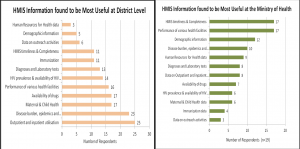
HMIS Information found to be most useful at District level (L) and Ministry of Health level (R)
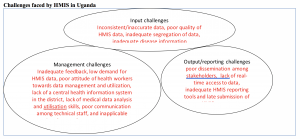
Challenges faced by HMIS in Uganda
Conclusion
Despite the limited resources and numerous challenges affecting Uganda’s HMIS, the system is established and functional. Strengthening the utilisation of HMIS information through harmonization of health-related datasets to create standard data collection tools, carrying out regular data validation and verification exercises, development of a curriculum on HMIS for use in training health and health-related professionals and provision of better storage facilities and computerization of the HMIS system can make significant improvement in monitoring and valuating public health projects.
Article by: Jennifer Balaba Bogere, Herbert Mulira and Eric Munyambabazi (MIS Team at METS)

